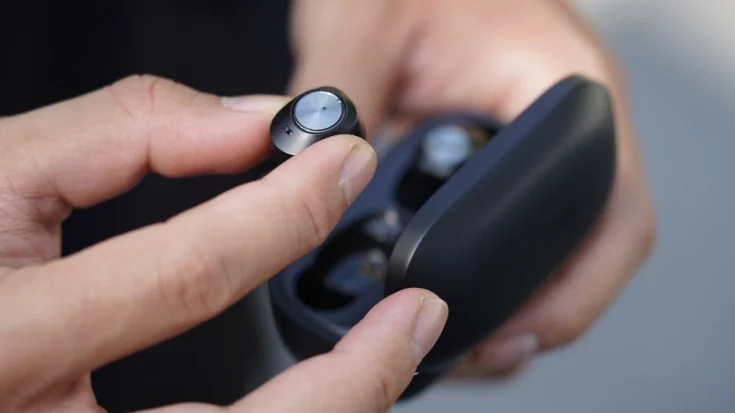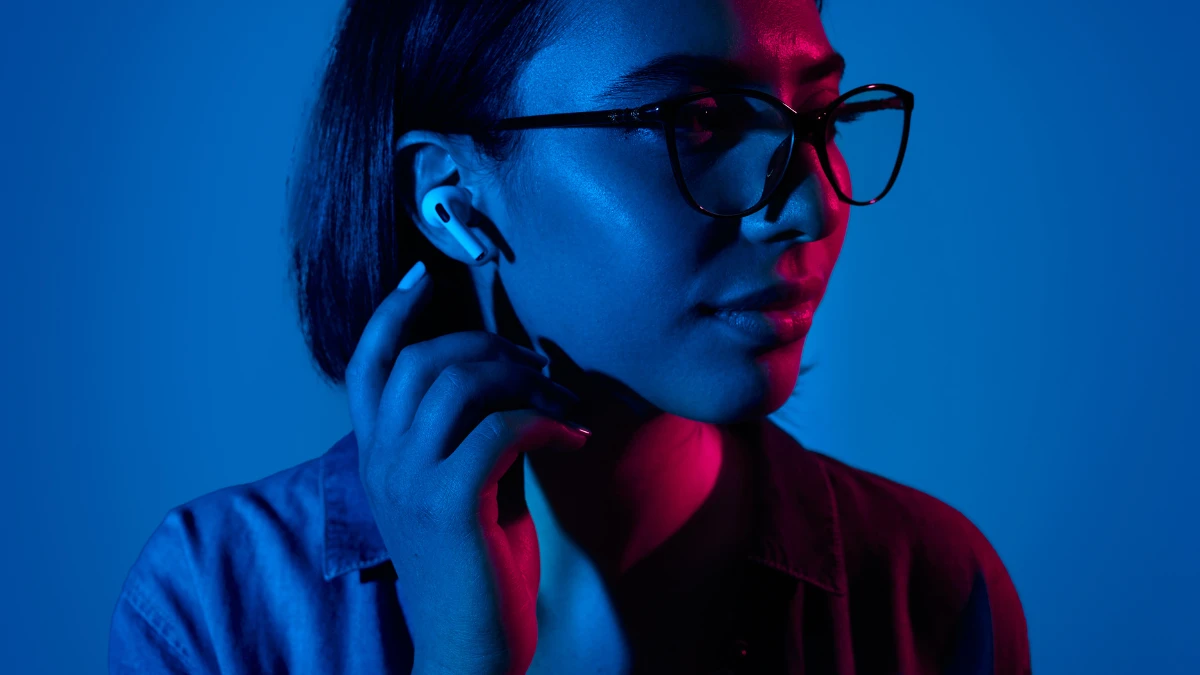True Wireless Stereo (TWS) provides many benefits, especially the ability to connect to the audio without cable. However, the advantages and disadvantages of TWS cannot be separated even though we can feel the benefits.
The advantages and disadvantages of TWS include no cable, broad compatibility, modern, to ergonomic look, while the disadvantages include potential latency, quality depending on price, to limited battery life.
This article will inform you about some of the advantages and disadvantages of TWS that you can consider.
Also Read
Table of Contents
The Advantages and Disadvantages of TWS

Like any other technology, a True Wireless Stereo (TWS) has several advantages that can be utilized and disadvantages to consider. The advantages of TWS include no cable, broad compatibility, modern, to ergonomic look, while the disadvantages include potential latency, quality depending on price, to limited battery life. Here are the advantages and disadvantages of TWS:
The Advantages of TWS

Here are some advantages of a True Wireless Stereo (TWS):
1. No cables
The most prominent advantage of the TWS is the absence of cables. With this device, you won’t have the hassle of tangled wires interfering with your mobility. Without wires, mobility using earbuds becomes more convenient, you can use them while doing other activities such as exercising, working, or traveling without being distracted by wires.
2. High portability
High portability is another advantage of TWS. Its small and lightweight design makes it easy to travel with. This will certainly help those of you who have high mobility and still need a portable audio device.
3. Broad compatibility
Inevitably, the TWS uses Bluetooth to connect to the main device, so compatibility with various operating systems is important. But don’t worry, these devices are usually supported with the latest version of Bluetooth for easy pairing with various operating systems such as Android, iOS, and even laptops.
4. Full of features
Unlike wired earbuds that lack features, the TWS comes with a lot of features. With this device, you can enjoy features such as noise canceling, ambient sound mode, touch control, and voice assistant.
5. Modern and ergonomic look
Another advantage of the TWS is its modern and ergonomic look. This device is designed with the ear in mind to make it comfortable to use for a long time. It also has a minimalist look that gives an elegant and modern impression.
The Disadvantages of TWS

Here are some disadvantages of a True Wireless Stereo (TWS):
1. Potential latency
One of the drawbacks of the TWS is its potential latency. These devices are prone to delays between the audio signals sent from the main device to the earbuds. Although many TWS devices are now equipped with low latency features when compared to wired audio devices, wireless audio still has the potential for latency.
2. Easy to lose
Easy to lose is another drawback of TWS. On the other hand, this design gives a minimalist, modern impression and has high portability, it is easy to lose. When not in a case, you might forget where you put it. This is a challenge for earbud users.
3. Quality depends on price
Quality always depends on price, but entry-level TWS usually still cannot match wired audio devices at the same price. So to get a good quality TWS, you need to spend more.
4. Dependence on technology
TWS cannot be separated from technological connectivity, which is also a drawback in using it. The slightest disruption from the software can cause inconvenience in use, such as delay or uneven sound between the two earbuds.
5. Limited battery life
Another drawback of the TWS is its limited battery life. While you can use the device from hours to tens of hours, recharging is a must when the TWS battery gets low. Measuring battery life by charging time will be a challenge for TWS users.
Those are the advantages and disadvantages of TWS that you can consider before deciding to use them. When you choose to use a TWS, you can feel all the advantages from no cable, broad compatibility, modern, to ergonomic look.
However, don’t forget to make a consideration of the disadvantages which are potential latency, quality depends on price, to limited battery life. Another thing to note is that using TWS technology must pass the certification test from the Directorate General of Digital Infrastructure (DJID).
With DJID certification, users can feel calm about using a TWS device whose quality and security are guaranteed. For manufacturers or importers of TWS devices, obtaining certification from DJID is a mandatory step before the device can be officially marketed in Indonesia.
To simplify the certification process, Type Approval Certification Services for ICT Products are available to assist with this process as a reliable solution. -UN.


















